Integrated LED lighting fixtures have gained significant popularity in recent years due to their energy efficiency, long lifespan, and compact design. Integrated LED fixtures are widely used in various applications, including lighting fixtures, displays, and electronic devices.

However, like any other electronic component, LED lights can fail or become outdated over time, leading to the question: Can an integrated LED light bulb be replaced?
In this article, we will explore the possibilities of replacing integrated LED fixtures, the factors to consider, and the potential challenges associated with the process.
Factors to consider when replacing integrated LED bulbs
With the widespread adoption of LED light fixture, many households and businesses are now transitioning from traditional bulbs to integrated LED bulbs.
These bulbs come with a variety of advantages, such as energy efficiency, a long lifespan, and improved brightness.
However, there are certain factors to consider when replacing integrated LED bulbs to ensure optimal performance and compatibility.
LED fixture type
Different types of integrated LED lighting exist, such as surface-mounted LEDs (SMD) and chip-on-board (COB) LEDs.
The replacement process may vary depending on the type of LED technology.
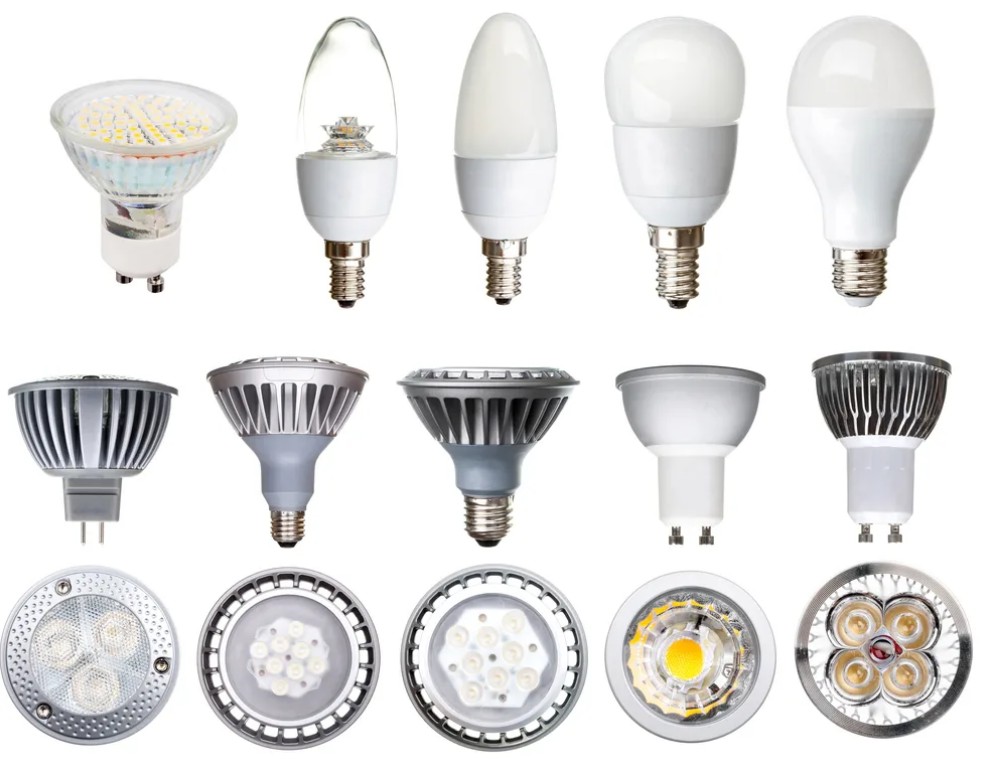
Compatibility
When replacing integrated LED bulbs, it is essential to consider compatibility with the existing circuitry, power requirements, and form factor.
In some cases, modifications or adaptations may be necessary.
Accessibility
The accessibility of the integrated LED bulb within the device or fixture can significantly impact the ease of replacement.
Sometimes an integrated LED bulb may be embedded deep within the device, making replacement more challenging.
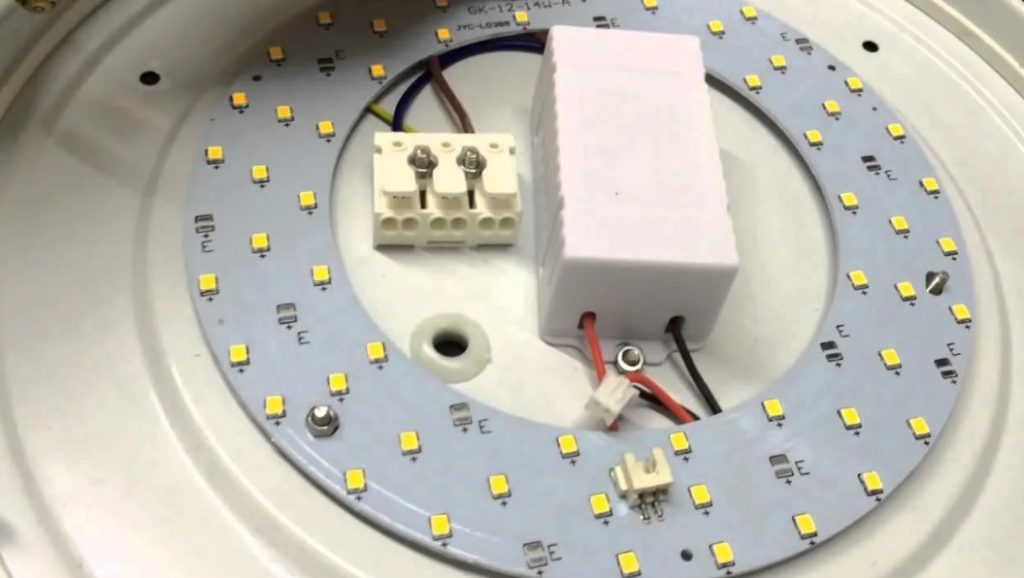
Warranty and service
If the device or fixture with an integrated LED light fixture is still under warranty, replacing the LED fixtures yourself may void the warranty.
It is advisable to consult the manufacturer or authorized service centers for guidance.
Expertise and tools
Replacing an integrated fixture requires technical knowledge and specialized tools. It may involve soldering, desoldering, or working with delicate components.
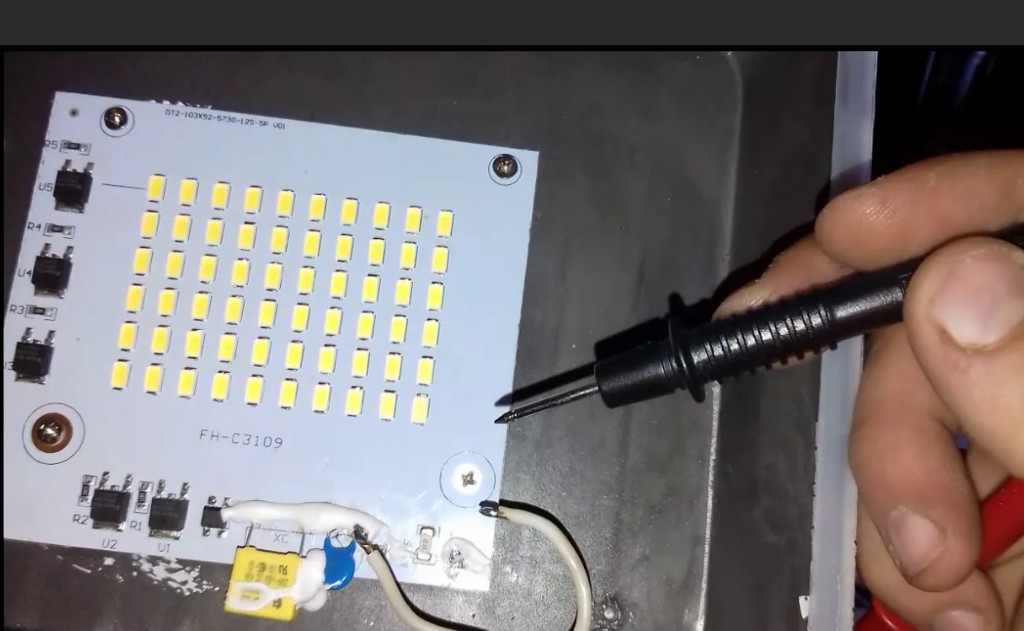
Professional assistance is recommended unless you have the necessary skills and experience.
The process of replacing LED lights
This guide highlights some essential considerations that should be considered when replacing integrated LED bulbs.
Assessment and preparation
Before attempting to replace a light fixture, assess the situation and gather the necessary information.
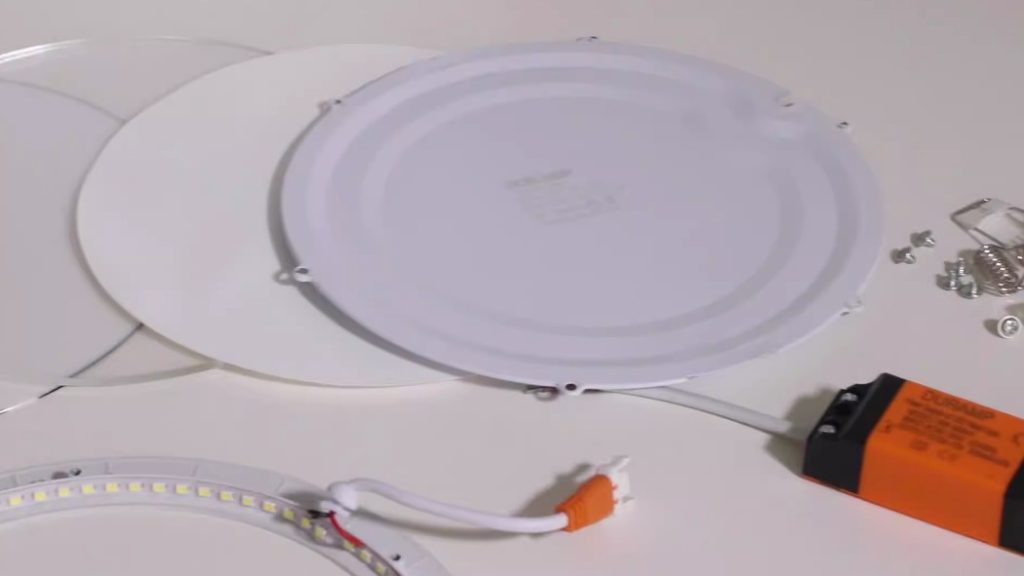
Identify the LED lighting type, specifications, and any documentation or instructions provided by the manufacturer.
Disassembly
Depending on the devices or light fixtures, disassemble them carefully, following the manufacturer’s guidelines.
Use appropriate tools and techniques to avoid damaging the surrounding components.
LED removal
Once you have access to the integrated light fixtures, you may need to desolder or detach them from the circuit board.
Follow proper soldering and desoldering techniques and handle the LED with care to prevent damage.
Replacement LED selection
When choosing a replacement LED, ensure it matches the specifications of the original LED bulb, including size, voltage, current, and color temperature.
Consider purchasing from reputable suppliers to ensure quality.

LED installation
Carefully install the light bulbs, following the recommended procedures.
Align the polarity correctly and secure the light bulbs in place using appropriate methods, such as soldering or fastening mechanisms.
Testing and reassembly
After replacing the integrated light bulb, reassemble the device or fixture.
Before finalizing the reassembly, test the light bulb’s functionality to ensure it operates as expected.
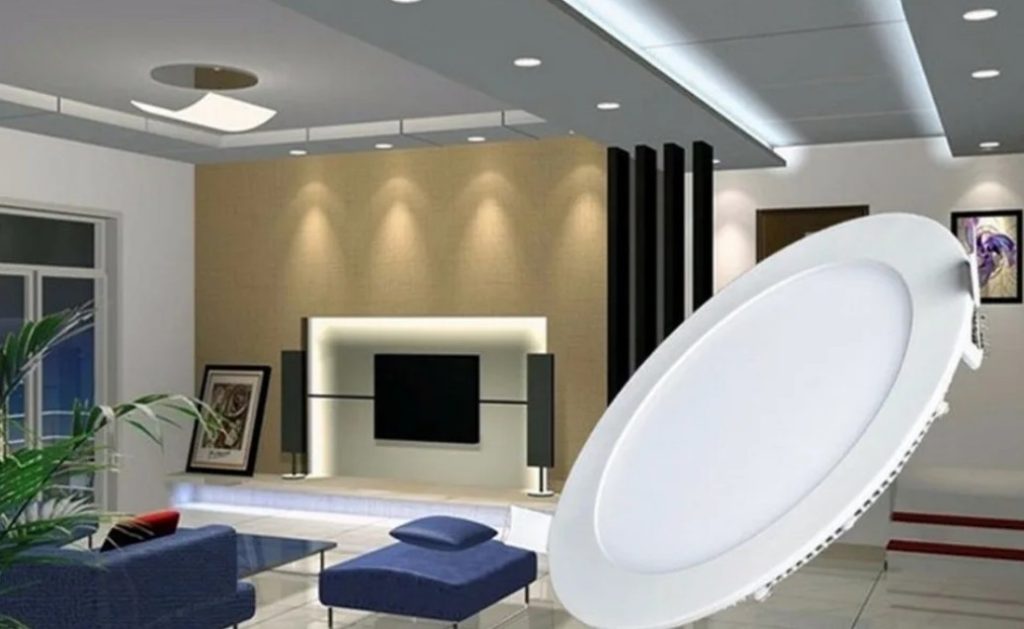
Challenges and considerations
- Non-replacement design: in some cases, an integrated fixture is designed to be non-replaceable, either due to space constraints, design choices, or cost considerations.
- Attempting to replace such LEDs may require extensive modifications or be impractical.
- Component compatibility: integrated fixtures may have specific compatibility requirements with the surrounding components, such as drivers or heat sinks.
- Ensuring compatibility is crucial to avoid issues with performance, lifespan, or safety.
- Specialized equipment: replacing integrated LEDs often requires specialized equipment, such as soldering irons, desoldering stations, or heat guns.
- Investing in these tools may be necessary if you plan to replace integrated LEDs regularly.
- Safety precautions: when working with integrated LEDs, observe safety precautions to prevent electrical shocks, burns, or damage to the device.
- Disconnect power sources, use appropriate protective gear, and work in a well-ventilated area.
- Compatibility with traditional light bulbs: integrated LEDs are not directly compatible with traditional incandescent bulbs or CFL bulbs.
- Retrofitting an entire fixture designed for traditional light bulbs to accommodate integrated LEDs may require modifications or the use of LED-ready fixtures.
- Retrofit LED solutions: unlike retrofit LEDs that can be easily installed into existing light fixtures designed for traditional bulbs, replacing integrated LEDs requires more intricate procedures.
- Retrofit LEDs typically consist of an LED array and a separate driver, allowing for easier replacement and compatibility with traditional fixtures.
- Specific applications: some fixtures, such as track lights, may have unique designs or limitations that can make replacing integrated LEDs more challenging.
- Consider consulting a professional or the manufacturer for guidance on the specific application.
- Energy efficiency: one of the significant advantages of integrated LEDs is their energy efficiency. When replacing the LED fixture, it is crucial to select replacements that maintain or improve the energy efficiency of the fixture or device.
- Look for LEDs with high efficacy ratings and low power consumption.
- Environmental considerations: integrated LEDs are more environmentally friendly than traditional bulbs due to their energy efficiency and longer lifespan.
- When replacing integrated LEDs, opt for LED products that meet energy efficiency standards and have a minimal environmental impact.
Potential applications for replacing integrated LEDs
- Upgrading lighting fixtures: integrated LEDs in lighting fixtures can be replaced to upgrade to more efficient or higher-quality LEDs.
- This can enhance energy savings, improve lighting quality, or achieve specific lighting effects.
- Repairing electronic devices: integrated LEDs in electronic devices, such as televisions or monitors, can be replaced to fix malfunctioning or damaged LEDs, restoring the functionality of the device.
- Customization and personalization: replacing integrated LEDs allows customization and personalization of LED fixtures or displays.
- Different color temperatures, RGB LEDs, or smart LEDs can be installed to achieve desired aesthetics or functionalities.
- Energy-efficient lighting: replacing integrated LEDs offers an opportunity to retrofit traditional fixtures with energy-efficient lighting solutions.
- By replacing incandescent bulbs or CFL bulbs with integrated LEDs, you can achieve significant energy savings and enjoy the benefits of LED technology.
- Upgrading existing LED arrays: in cases where the integrated LED is part of a larger LED array, replacing a faulty or outdated LED can restore the performance and functionality of the entire array.
- This is particularly relevant in applications such as large displays or outdoor signage.
- Enhancing lighting quality: replacing integrated LEDs allows for the enhancement of lighting quality in various settings.
- By selecting LEDs with specific color temperatures or adjustable settings, you can create the desired ambiance or optimize lighting conditions for specific tasks.
- Smart lighting integration: integrated LEDs can be replaced with smart LEDs, enabling integration with smart home systems or adding advanced features such as dimming capabilities, color-changing options, or remote control functionality.
- Health and wellness benefits: researchers are exploring the potential health and wellness benefits of integrated LED replacements.
- Lighting with adjustable color temperatures and intensities could be used to regulate circadian rhythms, improve sleep patterns, and enhance overall well-being.
FAQ
If you require any further assistance:
Can you replace the integrated LED lights?
Yes, integrated LED light fixtures can be replaced, but the process may vary depending on the specific fixture or manufacturer.
How do you replace an integrated LED recessed light?
To replace an integrated LED lighting fixture with a recessed light, follow these general steps:
1. Turn off the power supply to the light fixture.
2. Remove the trim or cover of the recessed light.
3. Disconnect the LED module from the wiring.
4. Install a compatible replacement LED module in the fixture.
5. Reconnect the wiring and secure the new LED module in place.
6. Replace the trim or cover of the recessed light.
7. Restore power and test the new integrated LED lights.
How long does an integrated LED last?
The lifespan of an integrated LED light bulb can vary, but it typically lasts a long time. Depending on usage and the quality of the light bulb, integrated LED light fixtures can last anywhere from 15,000 to 50,000 hours or more.
What is the difference between integrated LED and LED?
The main difference between an integrated LED fixture and an LED is in their design and installation.
LED lights have LED components built directly into the fixture, which means they cannot be easily replaced individually.
In contrast, traditional LED lights consist of replaceable LED bulbs that can be used in compatible fixtures. Integrated LED light fixtures offer a more streamlined and compact design, while traditional integrated LED light fixtures provide flexibility for replacing individual LED bulbs when needed.
Unlike incandescent and CFL bulbs, most LEDs cannot be dimmed to a low degree without flickering or entirely shutting out.
This may not be an issue for some applications, but it is something to consider if you are searching for a dimmable light bulb.
Conclusion
In recent years, the lighting industry has witnessed a remarkable revolution with the advent of integrated LED (light-emitting diode) technology.
This innovative lighting solution has gained significant traction in various applications, ranging from residential and commercial settings to outdoor and industrial environments.
The process of LED light replacement involves assessment, disassembly, LED removal, replacement LED selection, installation, testing, and reassembly.
Challenges may arise, including non-replacement designs, component compatibility, specialized equipment, and safety precautions.
By understanding these factors and following proper procedures, it is possible to replace integrated light-emitting diodes, extend the lifespan, or upgrade the functionality of devices and fixtures.

